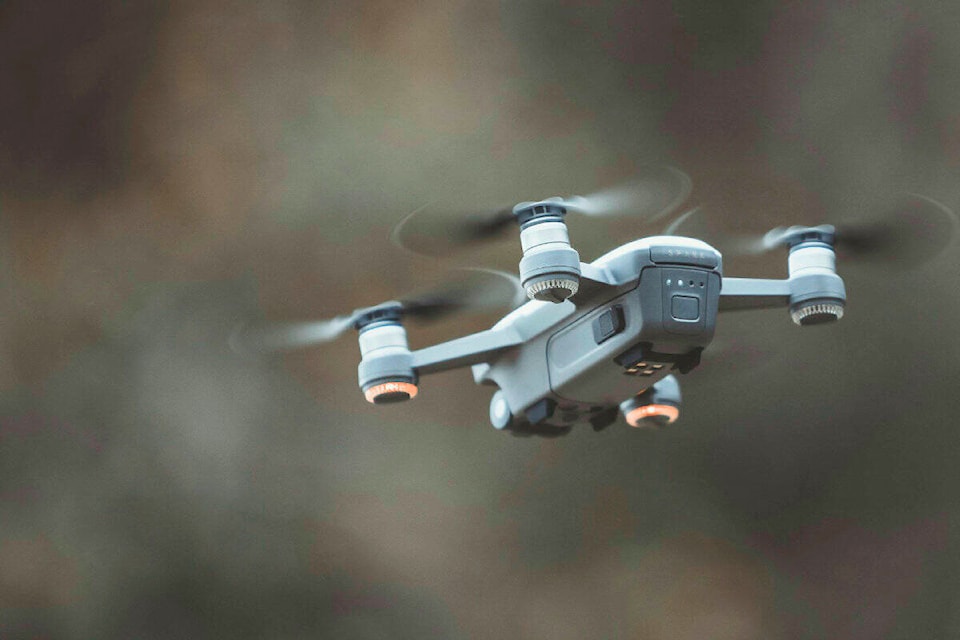A presentation on mosquitoes created a buzz at the Columbia Shuswap Regional District Committee of the Whole meeting on Aug. 7.
Cheryl Phippen of Setetkwe Environmental Inc. began by giving a biology lesson on mosquitoes, their life cycle, who bites and who pollinates, and how the company that has the contract with CSRD in Revelstoke and Electoral areas A, B and F (Scotch Creek) works to eradicate them.
Of the 45 species in the B.C. Interior, the nuisance mosquitoes are Aedes/Ochlerotatus, the most common being the Aedes. Some species lay their eggs in standing water while others lay them in the soil where they may survive for up to 30 years, emerging when the eggs become wet with rising water.
Some 30 sites have been mapped within the CSRD, with monitoring to locate problem areas beginning in early spring.
Phippen advised directors that the mosquitoes can only be treated at the larval stage and that applications are currently made by helicopter drop or on the ground using applicators that resemble Ghostbuster Proton Packs.
While helicopters may be effective, Phippen said companies are acquiring bigger machines and charging a rate three times bigger than before �㽶��Ƶֱ��� some $3,500 per hour and totalling $12,000 to $15,000 per day.
The solution, she said, would be to use drones, which apply the product just as effectively, but at a greatly reduced cost.
Health Canada initially refused approval despite the fact drone applications are an accepted use in the U.S. and elsewhere.
"We're finally cheering after two years," said Phippen. "One of the products did get federal drone application, but the province decided treaters are not licensed to apply."
Phippen explained that treaters must write a separate exam for each product they apply, even though half the questions are the same on each test.
"We could have a drone up every day as it has the ability to treat perfectly," she said, noting her disappointment in the province's response to requests to use drones, and urging directors to write letters to the ministries of Agriculture and Environment.
Noting that education is key, Board Chair Natalya Melnychuk suggested Phippen produce a YouTube video in order to make the valuable information in her presentation widely available.
"I am disappointed with the province; they seem to have this incredible sense of non-urgency to anything, when this is the solution to so many things," she said. "This should be on their radar now, not 10 years down the road."
"Thanks for the great information," said Area E Rural Sicamous Director Rhona Martin, noting that area farmers are already using drones for fertilizer. "I would say we would be willing to write forceful letters and not spending $3,500 on helicopters."
Area A Director Karen Cathcart agreed, calling for directors to advocate for the use of drones as mosquito annoyance is likely going to get worse.
"We need to get this information out to our residents and we have to support and advocate for the drone program," she said.
Revelstoke Mayor Gary Sulz said he and staff regularly get emails from area residents complaining about the annoying insects south of the city and asking for the treatment area to be expanded.
"I appreciate how the expense would rise if we expanded the areas," he said, noting he was not immune to the mosquitoes, jokingly noting he was sure he had given a pint over the weekend.
CAO John MacLean said staff would prepare a draft letter to present to the board for approval later this month and following conversations with other regional districts expected there would be more letters written on the subject. As well, he pointed out that some farmers are already using drones to apply herbicides because it is much less expensive, without any oversight.
Ben Van Nostrand, general manager, environmental and utility services, praised Phippen and said directors should now have a sense that this is a really challenging program to deliver.



